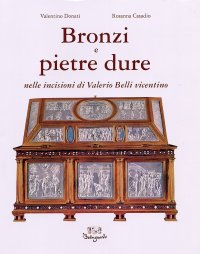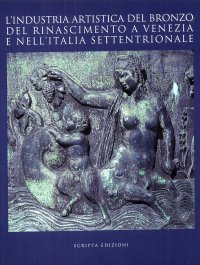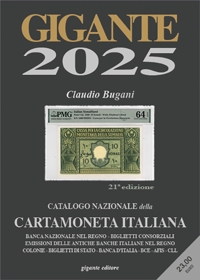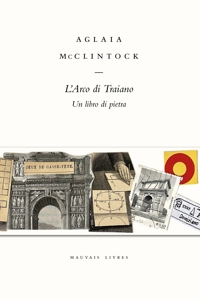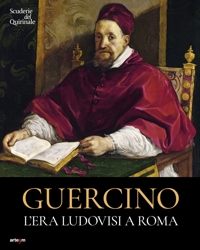La collezione dei bronzi del Museo Civico Medievale di Bologna
San Casciano V. P., 2017; br., pp. 402, tavv. col., cm 21,5x30.
prezzo di copertina: € 150.00
|
Libri compresi nell'offerta:
La collezione dei bronzi del Museo Civico Medievale di Bologna
San Casciano V. P., 2017; br., pp. 402, tavv. col., cm 21,5x30.
OMAGGIO (prezzo di copertina: € 150.00)
Petrosa. Un insediamento dell'età del bronzo a Sesto Fiorentino
Vinci, 1994; br., pp. 114, 29 ill. b/n, 16 ill. col., cm 17x24.
OMAGGIO (prezzo di copertina: € 15.49)
Bronzi e Pietre Dure nelle Incisioni di Valerio Belli Vicentino
A cura di Tubi Ravalli C.
Ferrara, 2004; ril., pp. 215, ill. b/n e col., cm 26x31.
OMAGGIO (prezzo di copertina: € 100.00)
L'industria artistica del bronzo del Rinascimento a Venezia e nell'Italia settentrionale
Atti del Convegno Internazionale di Studi, Venezia - Fondazione Giorgio Cini, 23 ottobre - 24 ottobre 2007.
A cura di Avery V. e Ceriana M.
Traduzione di Ermini G.
Trento, 2008; br., pp. 480, ill. b/n, cm 21,5x29.
(Pubblicazioni del Comitato Nazionale per le celebrazioni del 550° anniversario della nascita di Tullio Lombardo).
OMAGGIO (prezzo di copertina: € 44.00)
Isaac Claesz. van Swanenburg 1537 - 1614
R - Ekkart
Waanders Uitgevers
Testo Olandese.
Zwolle, 1998; cartonato, pp. 180, 107 ill. b/n, 23 ill. col., cm 24,5x28,5.
ISBN: 90-400-9282-6 - EAN13: 9789040092824
Soggetto: Pittura e Disegno - Monografie
Periodo: 1400-1800 (XV-XVIII) Rinascimento
Luoghi: Europa
Testo in: 
Peso: 1.22 kg
Wirth Oswald € 14.25
€ 15.00 -5 %
Not a Woman Architect. The Life and Work of Brigitte Peterhans
Incantesimi runici e sigilli magici. Un antico grimorio islandese









